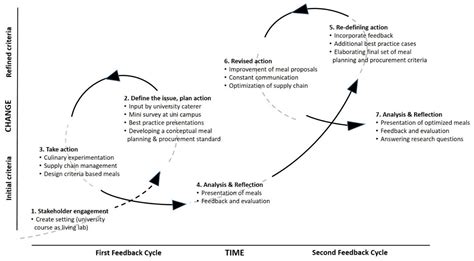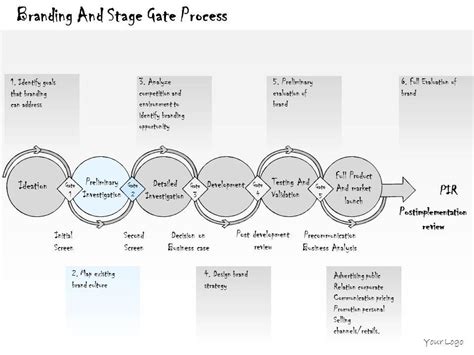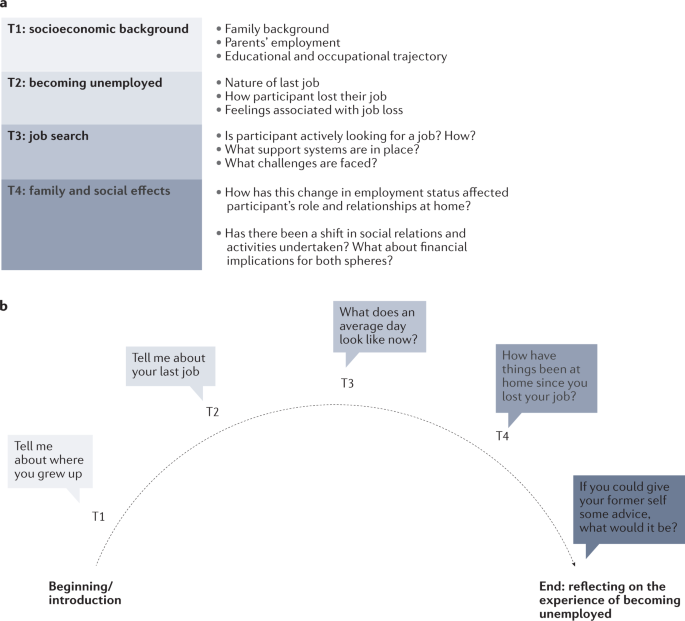Discrimination in education remains a critical issue affecting students across various educational levels. This article provides a comprehensive analysis of educational discrimination through a detailed case study approach, shedding light on how biases and unfair practices manifest within schools and universities. We will explore key legal frameworks and policies designed to combat such discrimination, offering insights into the legal mechanisms available to address these issues. By examining notable cases and their outcomes, we aim to illustrate the evolving legal landscape and provide practical strategies for educational institutions to foster inclusive environments. This analysis not only highlights systemic challenges but also emphasizes actionable steps towards achieving equity in education.
alijyun.com will lead an exploration of this topic in detail.
1. Overview of Discrimination in Education
Discrimination in education encompasses unfair treatment of students based on race, gender, disability, socioeconomic status, or other characteristics. This systemic issue affects educational opportunities, outcomes, and overall student well-being. It can manifest in various forms, including biased curriculum content, unequal access to resources, discriminatory disciplinary practices, and exclusionary behavior. For instance, students from minority backgrounds may face lower expectations and fewer opportunities, while those with disabilities might encounter physical or institutional barriers that hinder their academic progress.
Educational discrimination can undermine students’ confidence, hinder their academic performance, and limit their future opportunities. Such biases often have deep-rooted historical and social origins, making them challenging to address. As educational institutions strive to create inclusive environments, understanding the scope and impact of discrimination is crucial. This section will explore these issues in detail, setting the stage for a deeper examination of legal frameworks and real-world cases that illustrate the persistent nature of discrimination in educational settings. By identifying the various ways in which discrimination occurs, we can better ap

2. Key Legal Frameworks and Policies Addressing Educational Discrimination
Several key legal frameworks and policies address educational discrimination, aiming to promote equality and protect students’ rights. In the United States, Title VI of the Civil Rights Act of 1964 prohibits discrimination based on race, color, or national origin in any program receiving federal financial assistance. Similarly, Title IX of the Education Amendments of 1972 addresses gender-based discrimination, ensuring that no person is excluded from participation in, denied the benefits of, or subjected to discrimination under any educational program or activity receiving federal aid.
The Individuals with Disabilities Education Act (IDEA) mandates that students with disabilities receive a free and appropriate public education in the least restrictive environment. This law requires schools to provide individualized education programs (IEPs) to meet the specific needs of students with disabilities.
Additionally, the Section 504 of the Rehabilitation Act of 1973 prohibits discrimination against individuals with disabilities in programs and activities receiving federal financial assistance. These legal frameworks collectively aim to create equitable educational opportunities and ensure that all students, regardless of their background or abilities, have access to a supportive and inclusive learning environment.

3. Detailed Case Studies: Examples of Discrimination in Schools and Universities
Several notable case studies highlight instances of discrimination in educational institutions. In Brown v. Board of Education (1954), the U.S. Supreme Court ruled that racial segregation in public schools was unconstitutional, marking a significant victory in the fight against educational discrimination. Despite this landmark decision, issues persisted, as seen in Title IX cases where schools faced scrutiny for inadequately addressing gender discrimination in athletics and academics.
In the realm of disability rights, Endrew F. v. Douglas County School District (2017) addressed the adequacy of educational plans for students with disabilities, emphasizing that schools must provide more than minimal educational benefit. Another significant case, Fisher v. University of Texas (2016), examined race-based admissions policies, reinforcing the need for educational institutions to balance diversity efforts with legal standards.
These cases exemplify the ongoing challenges and legal precedents in addressing discrimination, demonstrating the need for vigilant enforcement of anti-discrimination laws and policies in educational settings.

4. Legal Outcomes and Precedents from Notable Cases
Legal outcomes from notable cases have shaped the landscape of educational discrimination, setting significant precedents. In Brown v. Board of Education (1954), the Supreme Court’s ruling declared racial segregation in public schools unconstitutional, fundamentally transforming the educational system by mandating desegregation and setting a precedent for civil rights advancements in education.
The Endrew F. v. Douglas County School District (2017) case clarified the standards for educational benefit under the Individuals with Disabilities Education Act (IDEA). The Court ruled that schools must provide an education that is reasonably calculated to enable a child to make progress appropriate in light of the child’s circumstances, thus raising the bar for educational adequacy.
In Fisher v. University of Texas (2016), the Supreme Court upheld the University of Texas’s use of race in admissions decisions, affirming that such policies can be constitutionally permissible if they are narrowly tailored to achieve diversity. This decision underscored the importance of considering race as one factor among many in achieving a diverse student body.
These cases collectively illustrate how legal decisions continue to influence educational practices, reinforcing the necessity for institutions to adhere to principles of equality and fairness.
5. Strategies for Combating Discrimination in Educational Institutions
Combating discrimination in educational institutions requires a multi-faceted approach to create an inclusive and equitable learning environment. First, implementing comprehensive anti-discrimination policies is crucial. Schools and universities should establish clear guidelines that prohibit discriminatory practices and provide a framework for addressing complaints.
Training and professional development for educators and staff play a vital role in fostering awareness and understanding of discrimination issues. Regular workshops and seminars can help staff recognize biases and adopt inclusive teaching practices.
Institutions should also promote diversity and inclusion through targeted recruitment and support programs. Encouraging a diverse student body and providing resources for underrepresented groups can help reduce disparities and create a more equitable educational experience.
Additionally, fostering open communication channels where students can report discrimination without fear of retaliation is essential. Institutions should have established procedures for investigating and addressing complaints promptly and fairly.
Regular assessments of school policies and practices can help identify and rectify areas where discrimination might occur. Engaging with external organizations and legal experts can provide valuable insights and updates on best practices and legal requirements.
By combining these strategies, educational institutions can work towards eliminating discrimination, ensuring that all students have equal access to opportunities and resources.
Addressing discrimination in education requires ongoing commitment to legal frameworks, awareness, and inclusive practices. By examining key cases and implementing effective strategies, educational institutions can foster equitable environments where all students thrive. Continuous efforts to challenge biases and uphold legal standards are essential for achieving genuine educational equity and fairness.
alijyun.com

